
8 Simple & Smart Steps to Switch Career to Machine Learning
Aug 04, 2025 3 Min Read 977 Views
(Last Updated)
Thinking about how to switch career to machine learning in 2025? Machine learning is one of the fastest-growing fields in tech today.
From making smarter apps to powering self-driving cars and healthcare solutions, machine learning is everywhere.
The good news is, you don’t need a PhD or years of coding to get started. People from all backgrounds are switching to machine learning, and companies are looking for fresh talent in 2025.
In this blog, we’ll show you how to switch career to machine learning, step by step.
Table of contents
- 8 Steps to Successfully Switch Career to Machine Learning
- Step 1: Understand What is Machine Learning
- Step 2: What skills do you need to switch to ML?
- Step 3: Take Online Courses and Get Certified
- Step 4: Build Real Projects to Show Your Skills
- Step 5: Create a Portfolio and Update Your Resume
- Step 6: Network and Join the Community
- Step 7: Apply for Entry-Level Roles and Internships
- Step 8: Keep Practicing and Stay Updated
- Conclusion
- Frequently Asked Questions
8 Steps to Successfully Switch Career to Machine Learning
Below are the steps to successfully switch career to machine learning:
Step 1: Understand What is Machine Learning
Machine learning is about teaching computers to recognize patterns and make decisions using data not by following exact rules, but by learning from examples.
It powers things like voice assistants (Siri, Alexa), product recommendations on Amazon, self-driving cars, and even how your spam email filter works.
You don’t need to be an expert in math or coding to start, but it helps to understand how computers use algorithms to find connections in large amounts of information.
The main idea is: the more data you give, the better the machine learns.
Tip: If you want a quick and simple explanation, check out this Introduction to Machine Learning for real-world examples and beginner tips.
Step 2: What skills do you need to switch to ML?
1. Basic Math and Statistics
- Why?
Machine learning relies on math to understand data patterns.
- What to practice:
- Mean, median, mode
- Probability (chance and likelihood)
- Standard deviation and variance
- Basics of linear algebra (matrices, vectors)
Example: Calculating the average height of students in a class, or figuring out the probability of rain tomorrow.
2. Programming Skills
- Why?
You’ll use programming to prepare data and build models.
- Best language:
Python (it’s easy, powerful, and has tons of free resources)
- What to practice:
- Writing and running Python scripts
- Using libraries like pandas (for data), NumPy (for numbers), and Matplotlib (for charts)
Tip: Python is the most popular programming language for machine learning. This 100 Days of Python course is perfect for beginners and helps you practice coding every day.
3. Data Handling & Cleaning
- Why? Most real-world data is messy and incomplete.
- What to practice:
- Importing data from files (CSV, Excel)
- Fixing missing values
- Removing duplicates
- Changing data into the right format
Tip: If you want to learn how real companies handle large amounts of data, this guide on data handling with big data and DBMS is a great resource. It explains the basics of databases and data management in simple words.
4. Understanding Machine Learning Libraries
- Why?
Libraries like scikit-learn, TensorFlow, and PyTorch do the heavy lifting for you.
- What to practice:
- Fit a simple model in scikit-learn (like predicting house prices)
- Play with TensorFlow tutorials to see how neural networks work
Step 3: Take Online Courses and Get Certified
Online courses are a great way to learn step by step, with videos, quizzes, and real projects.
- Free and paid platforms: GUVI, Udemy, DataCamp, YouTube
- What to look for:
- Beginner-friendly courses (e.g., “Introduction to Machine Learning”)
- Courses that cover both theory and hands-on coding
- Certification programs to add to your resume
Tip: Ready to go deeper? Try this Machine Learning course with hands-on projects and step-by-step lessons for beginners.
Step 4: Build Real Projects to Show Your Skills
Doing projects is the best way to learn and impress future employers.
- Start simple:
- Predict student grades based on study hours
- Recognize handwritten numbers (MNIST dataset)
- Move up to bigger challenges:
- Build a movie recommendation system
- Detect fake news
- Analyze sentiment in tweets
- Predict house prices or sales trends
- Share your work: Put your code and project write-ups on GitHub. Write short blog posts explaining your approach and what you learned.
Tip: Try to solve problems that connect with your current background or interests. If you work in finance, try predicting stock prices. If you love sports, analyze match results.
Step 5: Create a Portfolio and Update Your Resume
Your portfolio should show:
- The projects you’ve built (with links to code and demo)
- Short explanations (what problem you solved, what tools you used, and your results)
- Any certificates or course badges
Tip: Keep your LinkedIn and resume up to date with your new skills and projects. Highlight “machine learning” and related keywords so recruiters can find you easily.
Step 6: Network and Join the Community
Networking can help you get feedback, discover job openings, and learn from other people’s experiences. Learning is easier when you connect with others:
- Join online groups: LinkedIn, Reddit, Discord, and specialized forums
- Follow industry leaders: Read blogs, watch webinars, and attend free virtual events
- Contribute: Answer questions, write tutorials, or join open-source projects
Step 7: Apply for Entry-Level Roles and Internships
Don’t wait to be an expert, apply for junior data analyst, machine learning intern, or AI tester roles. Many companies hire candidates who are willing to learn and grow.
- Where to look: LinkedIn, job boards, company career pages
- Tips:
- Tailor your resume to highlight relevant skills and projects
- Mention any online certifications or hackathon wins
- Be ready to talk about your projects in interviews
Step 8: Keep Practicing and Stay Updated
Machine learning is always changing, with new tools and ideas coming out every year. Keep learning by:
- Taking advanced courses
- Building new projects regularly
- Reading the latest blogs and research papers
- Practicing with real-world datasets from sites like Kaggle
Conclusion
To switch career to machine learning in 2025 is possible for anyone who’s willing to learn and put in the effort. You don’t need to start as an expert, just be curious, build a strong foundation in Python and math, and keep practicing with real projects.
Online courses, active communities, and open-source tools make it easier than ever to learn at your own pace.
Build a portfolio, keep your resume updated, and start applying for entry-level roles as soon as you’re comfortable with the basics.
Remember, every project you finish is proof of your skills and every step you take gets you closer to a rewarding job in this exciting field.
Frequently Asked Questions
1. Can I switch to machine learning without a computer science degree?
Yes! you can switch career to machine learning. Many successful machine learning professionals come from non-technical backgrounds.
The key is to learn the basics of programming, math, and data, and to show your skills with real projects.
2. How long does it take to get a job in machine learning?
It depends on how much time you can spend learning and practicing. Some people get entry-level roles or internships in as little as 6–12 months if they learn consistently and build projects along the way.
3. What is the best way to learn machine learning as a beginner?
Start with beginner-friendly online courses, practice coding in Python, build small projects, and read simple articles or watch videos to understand key concepts. Working with real data and joining the online ML community will help you learn faster.


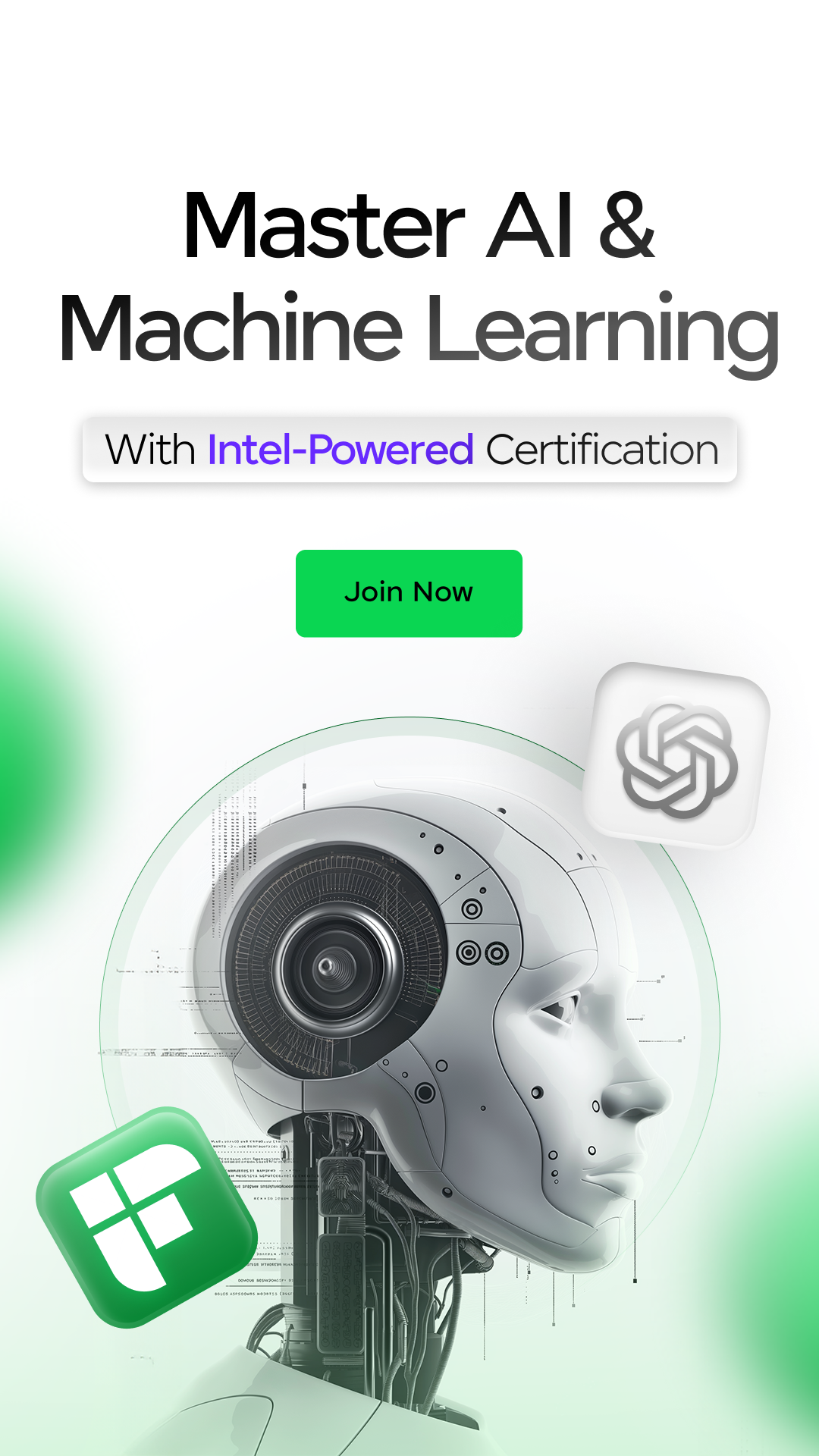
















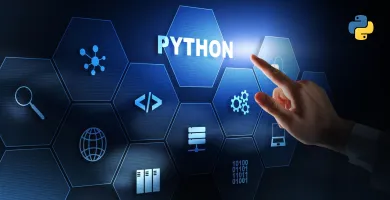







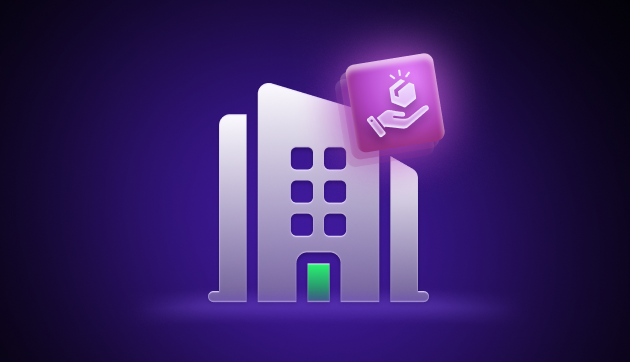
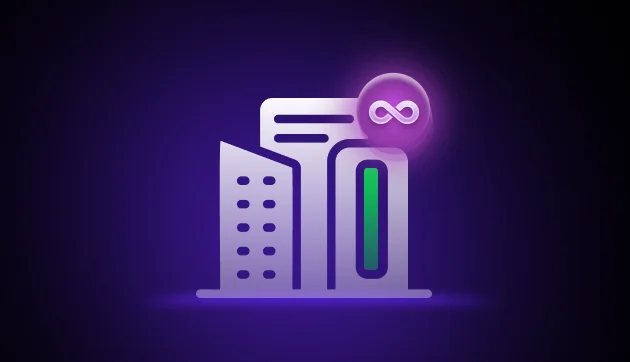
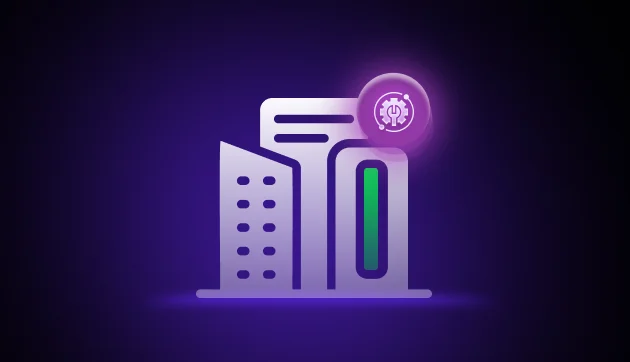






Did you enjoy this article?